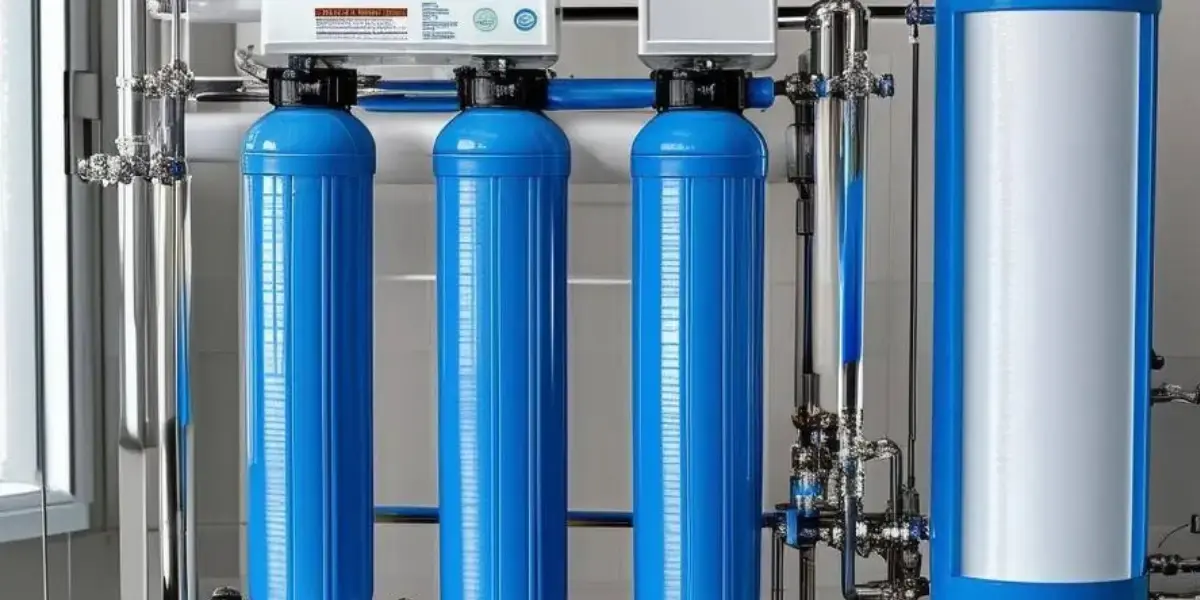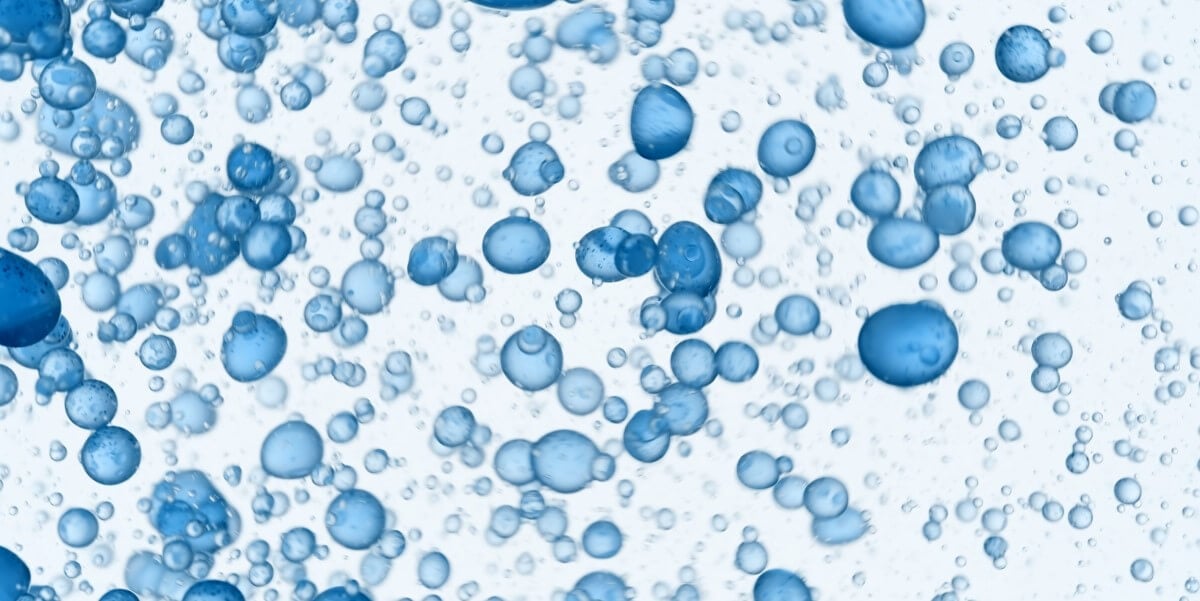What is Legionella and how can it affect your business?
Every business needs to know about Legionella as ignorance could lead to potential deaths, serious illness and/or significant fines.
What is Legionella?
Legionella is a type of bacteria. Bacteria are microscopic, single-celled organisms that thrive in various environments, including in the soil, water, and even inside human beings.
Different types of bacteria can be beneficial to us, neutral or harmful. If you've seen yoghurt advertising, you will often hear talk of ‘good' bacteria – bacteria that live in the gut and help us to digest our food. (There is actually more than ten times the number of bacterial cells than human cells in our bodies – we are effectively more bacterial than we are human!) Bacteria are also useful for manufacturing antibiotics and pharmaceuticals, making sourdough bread, pickles and vinegar, manufacturing chemicals, fertilisers and for use in pest control – as just some examples.
On the other hand, bacteria are also one of four types of germs – those germs which many household cleaner ads claim they kill 99.9% of. These types of harmful bacteria cause diseases in humans, plants and animals.
Legionella bacteria are the cause of legionellosis, better known as Legionnaires’ Disease (named after the outbreak where it was first identified, at a 1976 American Legion convention in Philadelphia where 147 of the infected were hospitalised and 29 people died). Legionella risk is also prevalent in the food industry.
What causes Legionnaires’ Disease?
Legionella generally lives in water at a temperature of between 20-45° where it can find nutrients in the water to live on. Below 20° it lies dormant and above 60° it cannot survive.
A potentially lethal type of pneumonia, Legionnaire’s disease is caught by breathing in water droplets that contain living legionella bacteria. Exposure to water containing Legionella does not cause the disease, except in very rare cases where someone coughs or otherwise causes the infected water to directly enter their lungs.
As the water has to be in droplets to create the conditions for infection, and the water has to be at a certain temperature, only particular machinery and processes can create this set of circumstances – machinery and processes that are not usually found in the domestic environment but are associated with many businesses.
Air conditioning units, atomisers, whirlpool or hydrotherapy baths – basically any process that might generate water droplets at the right temperature – may put lives at risk.
How serious is the disease?
Because water droplets are the means of infection, and they are potentially generated by many industrial processes and commercial equipment in everyday use, it is not possible to eradicate Legionnaires’ outright like some diseases. In fact, in the UK, reported cases are on the increase; from 360 in 2016 to 450 in 2017 to 530 in 2018.
Between the years of 2014 and 2016, there were 77 deaths, and over a thousand confirmed cases of Legionnaires’ disease.
Particularly at risk are the elderly, smokers, alcoholics and those with cancer, diabetes or chronic respiratory or kidney disease.
Financial risks are significant
If the potential loss of human life were not enough, there can be severe financial consequences if you fail to control the risks.
In December of 2018, a UK District Council was fined £27,000 after an outbreak left a man close to death. The judge stated that fine would have been ten times higher for a commercial business.
Other companies have been fined £millions when Legionnaires’ disease has resulted in a fatality.
Needless to say, any outbreak of Legionnaires’ is very bad for business.
What is my risk?
Given that you can take steps to prevent the conditions that allow legionella to multiply and become dangerous, it is up to business owners to ensure the appropriate equipment is checked and inspected regularly to prevent serious illness or fatalities.
By far the most important first step is a risk analysis. A full risk assessment should be carried out by a qualified individual, of all hot and cold water systems. Following this, adequate measures should be put in place to control the risks.
In February 2019 the BSI published an updated British Standard: “…providing further guidelines for assessing water quality and the risk of Legionnaires disease.” And as of the time of writing (May 2019), this is the current British Standard covering the issue.
There is also a UKAS accreditation (ISO/IEC 17020) published for inspectors that covers Legionella Risk Assessment.
How can I control the risk?
The main way of controlling the risk is to make sure that the conditions are hostile to Legionella. Remember that temperature range we mentioned earlier? If you store hot water above 60° and cold water below 20° the bacteria will either be dead or dormant. Of course, this is easier said than done; you may well need to deliver hot water to its final point of usage at a lower temperature than 60° and then there are a number of other factors you should look at too in order to prevent other issues, such as water stagnation and contamination.
There are additional water hygiene methods you can use to both design and operate systems that also will reduce the risk.
Samples should be taken for analysis, according to a schedule dictated by a risk assessment, to monitor bacteria counts.
Summary
Legionella is something that every business should be informed about. Risks should be assessed, and appropriate action taken. If you don’t get help and advice from experts and act on it, you could end up with a huge fine, or worse, serious illness or fatalities on your hands.
Topics: Water Treatment & Hygiene

Written by Alex Winter
Alex is a Marketing Contributor and has 5+ years in water treatment and ACoP L8 compliance and works across all six linked areas of the business; Water Treatment, Waste Water, Water Hygiene, Air Hygiene, Engineering and Legionella Training.



